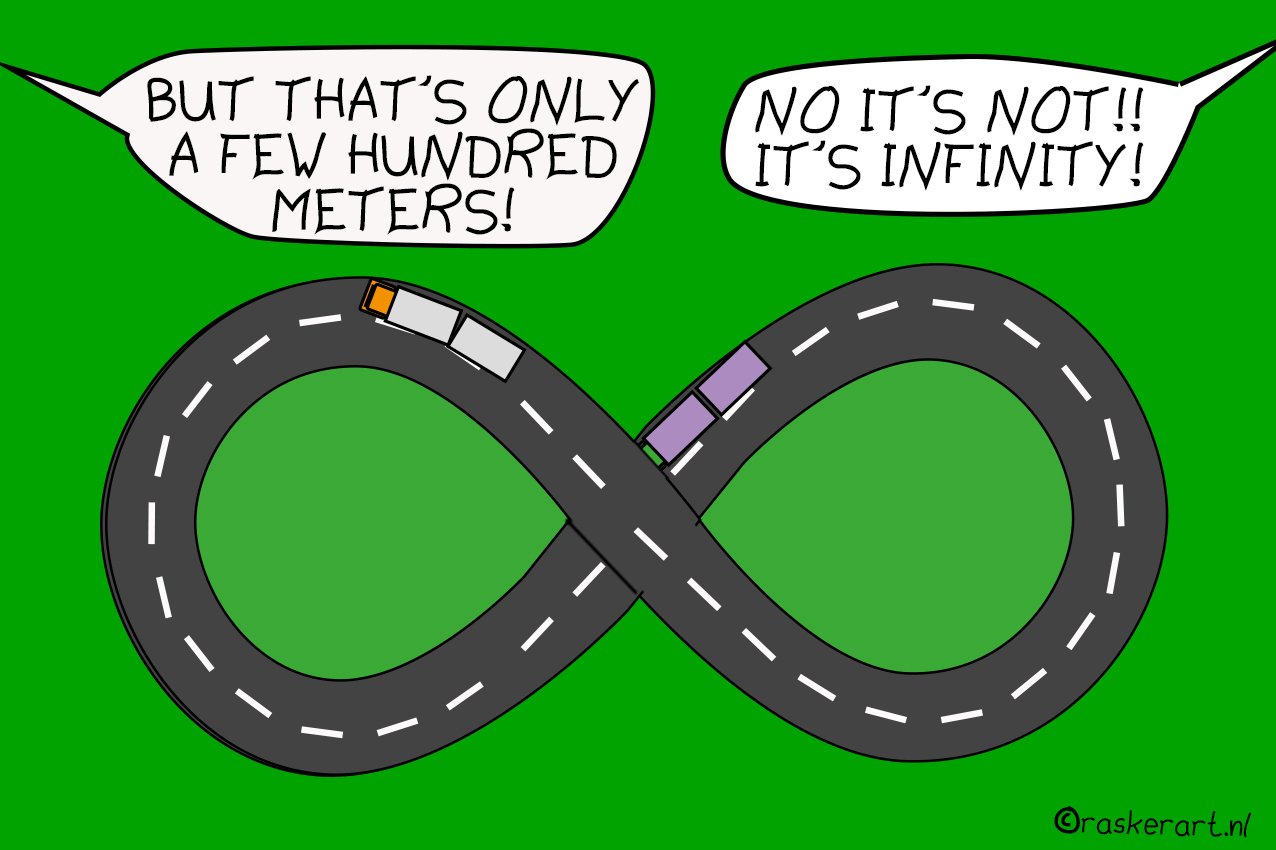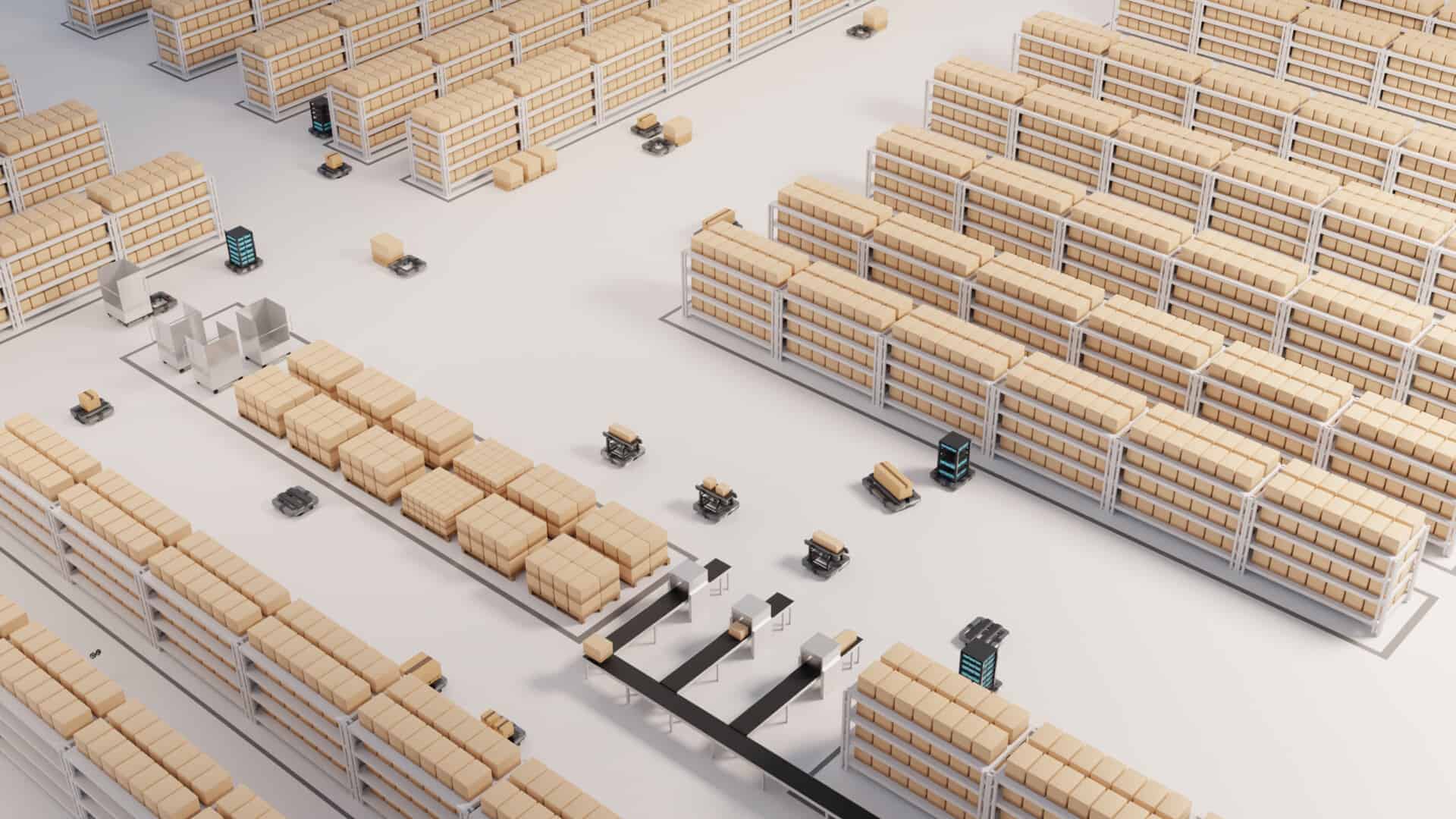
In Aachen, Germany, a team of scientists from the Technical University of Rhine-Westphalia are going to research whether electric trucks can be charged on the road while driving. Two coils are needed for this, just as they are for charging an electric toothbrush. A so-called stationary coil that is integrated into the road, and a second one installed underneath the truck. The stationary coil detects when the truck with an induction coil is close by whereupon it activates the induction field. Inductinfra, as the project is named, is receiving a grant of €1.9 million from the German Federal Ministry of Transport and Digital Infrastructure for a period of 2 years. The scientists will use this time to find out whether it is technologically feasible.
Germany does not have a first with this. On the Swedish island of Gotland lies a one-and-a-half kilometer stretch of road equipped with the same technology. The first tests over a section of 200 meters at a speed of up to 60 km/h were successful, reports the Israeli ElectReon. According to the company that built the road in Sweden, the system not only provides enough energy to power a truck. It also provides enough power to keep that truck driving on normal roads. Sounds promising, but is it feasible?
Ping! The email to Carlo van de Weijer has only just been sent, and a reply has already shot back: ‘I think this is nonsense, not really worth any attention’. Van de Weijer is director of EAISI at the Eindhoven University of Technology in The Netherlands and advises companies and ministries on the future of mobility. So, time to make a phone call. Laughing, he picks up the phone: “I actually thought we’d gotten rid of this pretty hopeless tech-push solution.”
Grandpa says
Scientists were already talking about dynamic induction charging back when he was still doing his studies. “Then it becomes a matter of ‘grandpa says’, that’s how long ago that was. But such projects still come along on a regular basis. I can understand why; it is, of course, a technological dream. But somewhat removed from reality.”
Apart from all of the technological challenges – such as the power output that this induction route will have to deliver, energy loss, possible radiation and distance between coils – there is another reason why Van de Weijer is against this plan. “In this system, all the complex technology is in the infrastructure. That’s what makes this system very expensive and most importantly, not scalable.”
Take the internet as an example. This is where the infrastructure is primarily made up of simple cables while all the intelligence is in the computers and all the other devices connected to them. ” By definition, a smart system comprises smart clients and servers connected to a dumb infrastructure. Exactly the same applies to mobility. Let’s just keep the roads as simple as possible. Cars are getting smarter, battery technology is improving, and there are increasingly more and faster charging stations. That’s where the real development is. In that respect, an induction road like this is a step in the wrong direction,” Van de Weijer explains.
Stopping for half an hour is healthy
But above all, he wonders what problem would this be solving? “Motorists are advised to take a quarter of an hour break after every two hours in the car. With electric driving, we’ve finally managed to do that. Most EVs drive about 300 to 400 kilometers on a full battery. Larger cars can go as far as 600 kilometers and Tesla claims to go as far as 1000 kilometers. The fast chargers are also getting better and better, with half an hour on the charging station you can go another 300 kilometers. Do we now have to build a system costing billions because motorists don’t want to stop for half an hour? Then they really are spoiled brats,” he says laughing.
As the costs for this project will be enormous, says Maarten Steinbuch, a professor at TU/e. “Indescribably expensive. It is nonsense to break open the roads and fill them with copper coils. The advances in battery technology are currently going so fast that filling a truck with battery packs will be much cheaper than this solution. You can do the math on the back of a beer mat.”
A fraction of the total costs
“What’s more,” Van de Weijer adds. “In time, we can also let trucks run on synthetic diesel or green hydrogen. That costs only a fraction of induction charging and is much less invasive. The CO2 emissions that are released in the production of the enormous amount of copper and steel are enormous for the small amount of savings that it offers. That also makes it a bad idea.”
Steinbuch also believes that the infrastructure should above all remain as simple as possible. “That’s how you keep things affordable getting from A to B. It is really unwise to stuff the road full of technology. The whole system has to be changed and it’s not easy to make those kinds of modifications. That makes it unnecessarily expensive. The project currently being rolled out in Germany, at around €2 million, is probably just enough for a test lane. A road network equipped with this technology will in reality cost billions and billions more. And why? In a few years, battery technology will be so advanced that this system will be obsolete. I’m always in favor of research, of course, but I don’t see a revenue model for applying this on a large scale.”







